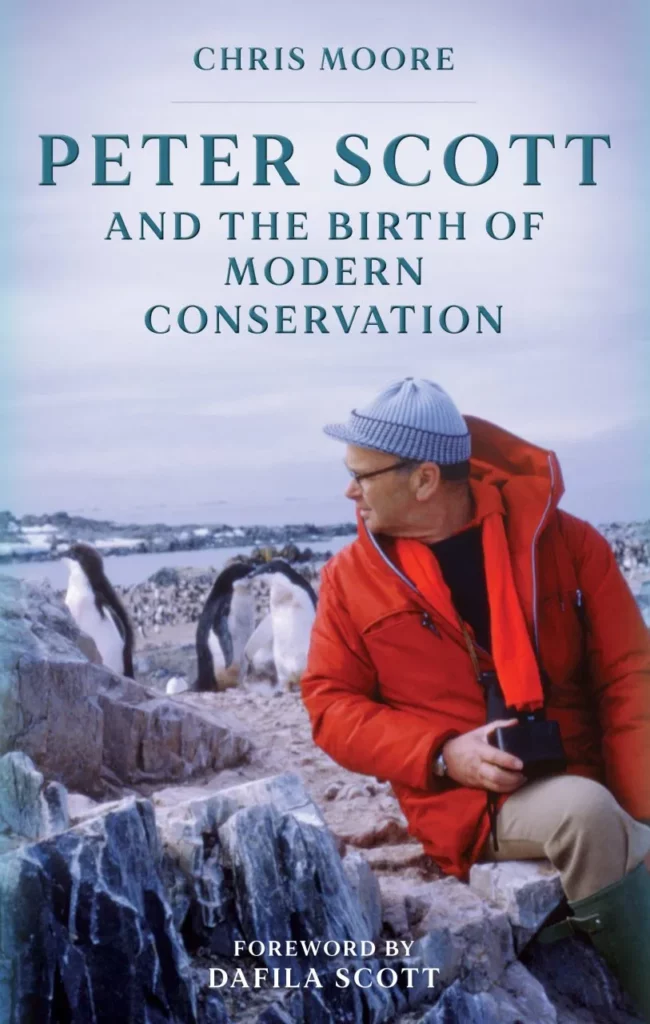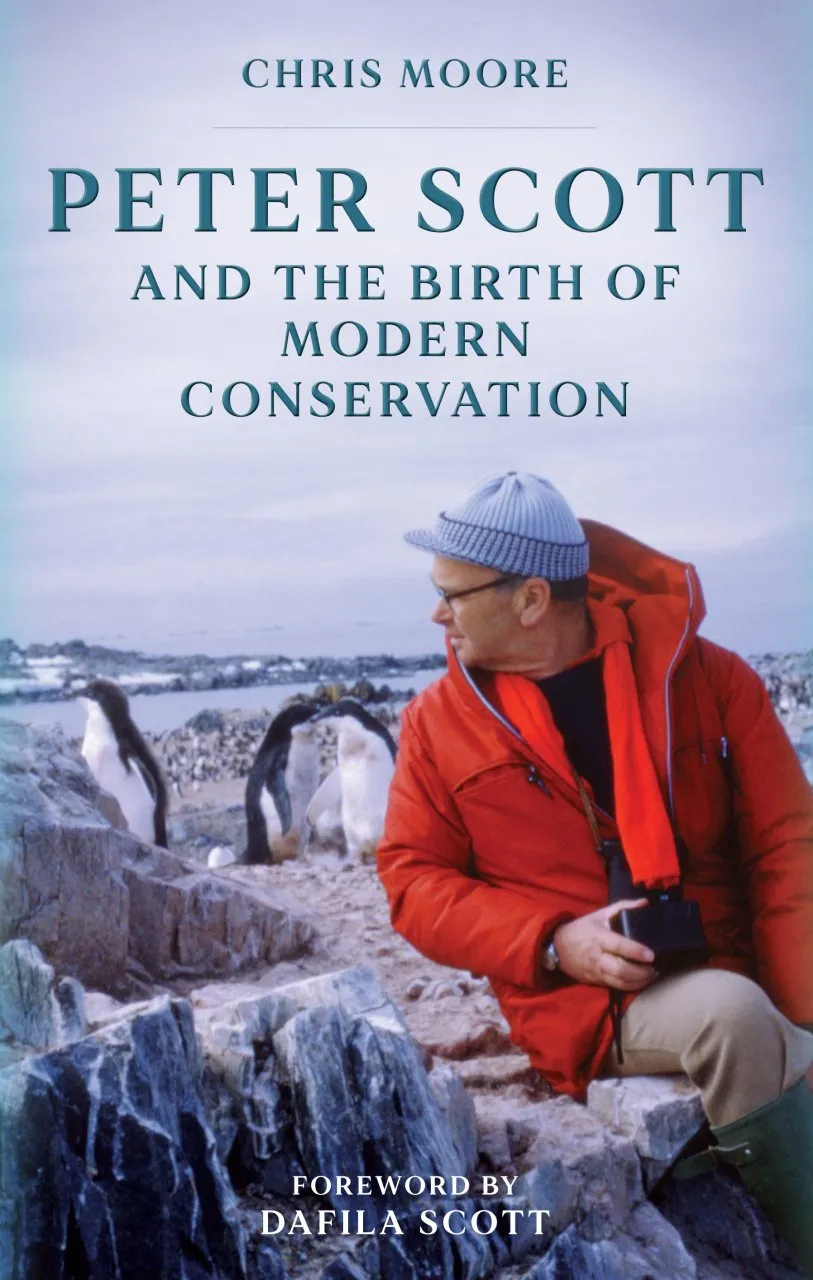Peter Scott was one of those rare people who are exceptionally good at everything they do. He took up sailing and won a bronze medal at the 1936 Olympics (to this day he is the only Olympiad who also became a Fellow of the Royal Society). He was a glider champion, and pretty good at skating too. He painted professionally and one of his prints sold over 350,000 copies. He had a brilliant war record, commanding the Navy’s only steam gunboat squadron, and earning a DSC as well as mentions in despatches. But for the Labour landslide in 1945, he might well have become a Conservative politician (and would have hated it). And that is before we get on to nature conservation. He was the best-known nature broadcaster of his day. He founded the Wildfowl Trust in 1946, co-founded the Council of Nature, the WWF and the IUCN; and won a knighthood for ‘services to conservation’ in 1973. He was also happily married, at least on the second time round, for over forty years, which I always think is a major achievement. Everybody thought he was terrific.
Any biography of Scott is bound to be action-packed, one achievement after another. The question is whether this makes him a good subject for a biography. It is already well-trodden ground. Scott wrote his own life, The Eye of the Wind, in 1961, and there have been posthumous books on his paintings, writings, broadcasts and speeches. In 1993 came Elspeth Huxley’s biography, Peter Scott, Painter and Naturalist, now out of print, and now we have this new one, linking him with the founding of ‘modern conservation’ (nature conservation, that is). Is there anything new to say?
Its author Chris Moore joined what is now the Wildfowl and Wetlands Trust at Slimbridge as a volunteer in 2014, and helped to turn Scott’s house into a museum. He now leads tour groups there. While half of Huxley’s book is devoted to Scott’s pre-war and wartime exploits, Moore focuses more on his post-war work, particularly as a founder of institutions and saviour of endangered species. Most of the chapters are quite short, with titles like ‘The House that Peter Built’, ‘Spreading the Word’, and ‘Enter the Panda’. As these suggest, his book is something of a hagiography. Like Huxley, he refers to Scott throughout as ‘Peter’. He was able to draw on unpublished letters and papers that supposedly cast a new light on events, though, if they did, I missed it. The book is perfectly readable; Scott’s itinerary of expeditions and meetings and wildlife holidays are all set out, sometimes chronologically, sometimes thematically. What is lacking is psychological depth. Scott’s life was by any measure full of incident and achievement, but was he really so far ‘ahead of his time’? And was he really the ‘father of conservation’ as his biographers claim?
If he was, he came to fatherhood remarkably late, for the National Trust and the RSPB were up and running before he was born. Others such as Charles Rothschild, Julian Huxley or Max Nicholson might have an equally valid claim, but in any case, nature conservation is essentially collaborative. Peter Scott certainly founded the Wildfowl Trust (originally the Severn Wildlife Trust), but its day-to-day running was soon taken over by a band of volunteers and administrators. In the international scene, though diplomatic and influential, Scott was largely a figurehead. He became well-known first through his paintings, and later from his radio broadcasts, which disappointingly earn only a paragraph or two here, followed by his BBC series Look. Read today, most of his speeches seem like a rendition of the bleeding obvious (‘extinction is forever’ etc).
A line that struck me, late on in the book, was that ‘Peter had no time for history’, as though that were a compliment. He does not seem to have been a complicated man. He was a do-er, not a thinker. All the same, I would have liked to have received some insight into what makes a man paint duck after duck, goose after goose, all his long life and in much the same style, without dropping dead from boredom. The impression you get, is that the younger Scott was always struggling to prove himself. He needed to win, needed to build. But whatever psychological impulse lay behind it all remains murky. This new biography would be the perfect reading for someone who, after visiting the new museum at Slimbridge, wanted to know more. But it is also an illustration of how one can seem to know all about a famous person without really knowing them.

